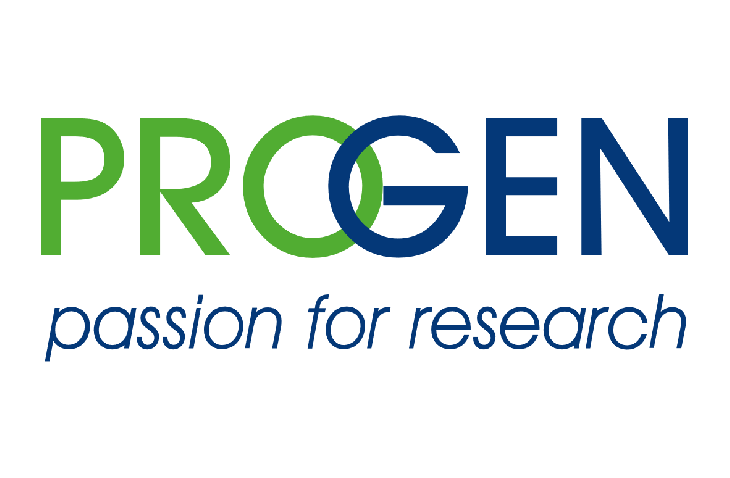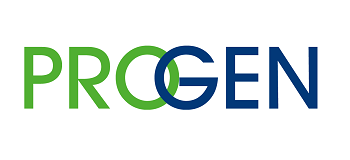AFT14 reacts with Aflatoxin B1 and B2, a 55 kDA protein secreted by Aspergillus. The aflatoxins are a group of closely related mycotoxins that are widely distributed in nature. The most important of the group is aflatoxin B1 (AFB1), which has a range of biological activities, including acute toxicity, teratogenicity, mutagenicity and carcinogenicity. In order for AFB1 to exert its effects, it must be converted to its reactive epoxide by the action of the mixed function mono-oxygenase enzyme systems (cytochrome P450-dependent) in the tissues (in particular, the liver) of the affected animal. This epoxide is highly reactive and can form derivatives with several cellular macromolecules, including DNA, RNA, and protein. Cytochrome p450 enzymes may additionally catalyse the hydroxylation (to AFQ1 and AFM1) and demethylation (to AFP1) of the parent AFB1 molecule, resulting in products less toxic than AFB1. Conjugation of AFB1 to glutathione (mediated by glutathione S-transferase) and its subsequent excretion is regarded as an important detoxification pathway in animals. Aflatoxins are well recognized as a cause of liver cancer, but they have additional important toxic effects. Aflatoxin B1 is a potent hepatocarcinogenic and mutagenic mycotoxin of Aspergillus flavus. Positive control: Aflatoxin B1 and B2 of Aspergillus flavus.
Do you have any questions about this product?
Order your product by email
Productname
anti-Aflatoxin B1 and B2 mouse monoclonal, AFT14 (CBL03), purified
691534
By filling out this form, you are placing an order by e-mail. You will receive an order confirmation within one working day. The order cannot be modified after receipt of the order confirmation.
Request a sample
Productname
anti-Aflatoxin B1 and B2 mouse monoclonal, AFT14 (CBL03), purified
691534
By filling out this form, you request a sample. You will receive an order confirmation within one working day. The order cannot be modified after receipt of the order confirmation.
Are you looking for specific products, alternatives or documentation?












